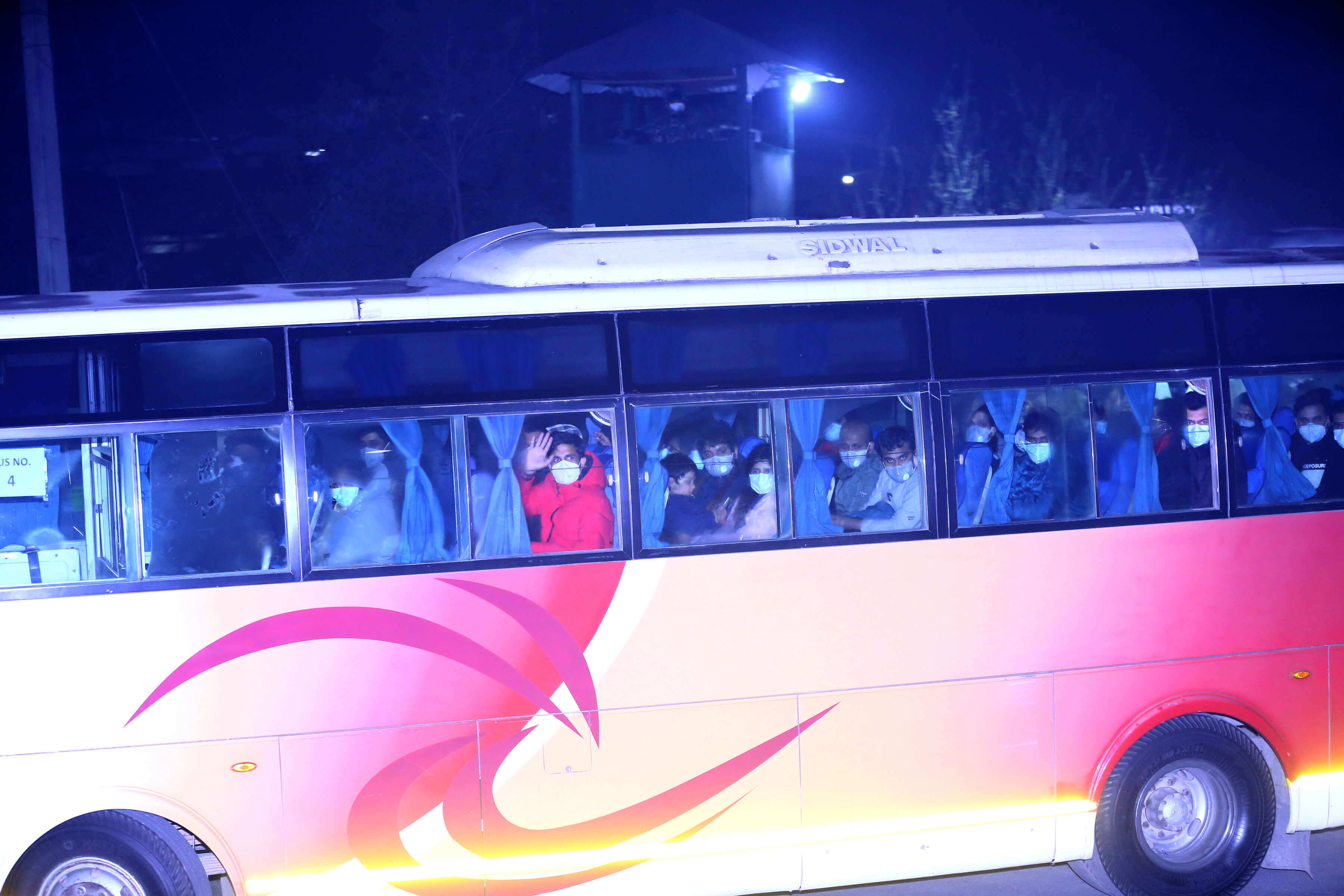What is novel about the novel coronavirus?
Everything you want to know about COVID-19 and the threat it poses to NepalIn 2013, while writing a weekly health column in this paper, I explored the potential for MERS (Middle Eastern Respiratory Syndrome) to spread among Nepalis working with camels in the Gulf states. Despite all the dire predictions of how that coronavirus could be brought back to Nepal and spread in the population, it is still a mystery why there was no MERS outbreak here. Viruses do have their own predilections.
This time, although Nepal officially has had only one person diagnosed with the novel coronavirus (COVID-19) who later recovered, it is utterly foolhardy to think that we may escape this pandemic. In Italy, there were only four cases in 20 February, but three days later it soared to 400 cases. That virulence is what is new about this novel coronavirus.
Even if Nepal does not have a surge of cases now, there is every likelihood that we will have to deal with an outbreak next winter. In addition how COVID-19 will interact with a summer dengue outbreak like last year in Kathmandu is anyone’s guess. It is important to be prepared with preventive aspects.
Read also: This is a test, Editorial

Masks for the general public are more for self-assurance than anything else. People who are coughing and have symptoms should wear masks. But widespread use of masks for the general public may only deplete the limited supply of masks where they are actually needed in hospitals. The most important prevention is washing hands properly with soap and water 5 to 6 times per day and avoid touching the face. Keeping a reasonable distance from one another is also important. The elderly need to be especially careful.
One of the most crucially helpful decisions that the Chinese government took in December 2019 after the novel coronavirus struck Wuhan was to rapidly share the molecular structure of the virus (its genomic sequence) with the world. This made it possible for drug manufacturing companies like Moderna, a biotechnology company based in the US, to start working on a vaccine.
Read also: A shot in the arm for vaccines in Nepal, Sonia Awale
The first human trial against COVID-19 will start later on this month. This is incredibly fast because in earlier times, it would take at least six years before a vaccine was developed. Although an effective vaccine is the best defence against COVID-19, what can be done for prevention in Nepal here and now is more important.
First, the good news. It is now well known that about 80% of COVID-19 victims will have mild symptoms not requiring hospital admission. Of the rest, 15% will be severe and 5% may be critical, possibly requiring ventilators in an intensive care unit. Even if only 0.5% of patients from South Asia’s population of 1.8 billion require ventilators, it is easy to imagine the tragic scale of this potential emergency.
The Wuhan data from Chinese doctors also revealed that it was the elderly (mostly male) that took the brunt of the disease and that children were not symptomatic, even though they may be infected by the virus. The findings also showed that about 1% of the patients who suffer from COVID-19 die.
This is the stark difference between COVID-19 and other causes of influenza where the death rate is only 0.1%. That is, COVID-19 kills ten times more people, and they are mostly above 60 years old. Although 1% may sound small, actual numbers will be numbing when large populations are infected.

Besides vaccines, there are also drug studies going on to fight COVID-19. One such medicine is called Kaletra, commonly used for HIV patients. Many other drug trials (including the antimalarial drug cholroquin) are going on.
The incubation period (the time from infection to symptoms) was also studied in Wuhan and forms the basis of the quarantine period of 14 days. The average incubation period is five days but may be up to 12 days. To be on the safe side a two-week quarantine is recommended, after which it is unlikely that the symptoms will manifest.
Unlike some western countries, China, Singapore, Taiwan, and South Korea practiced widespread contact tracing to control the disease. If someone was diagnosed with COVID-19, the health professionals took a detailed history of who their contacts (including family and friends) were, and followed up to see if they developed symptoms. Contact tracing helped stem the spread of the disease in these countries.
Buddha Basnyat is a clinical researcher at Patan Academy of Health Sciences and a frequent health columnist for Nepali Times.

writer




